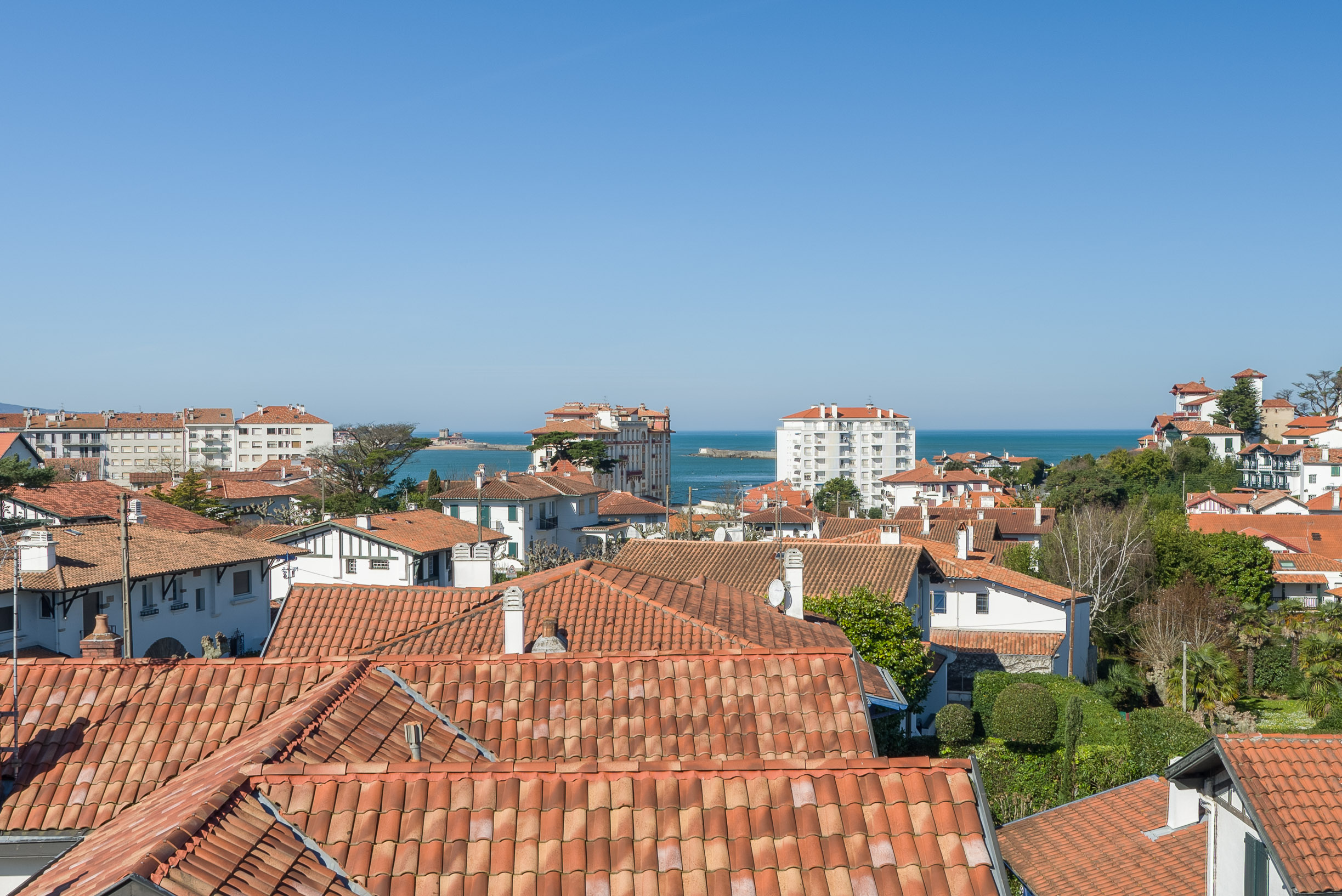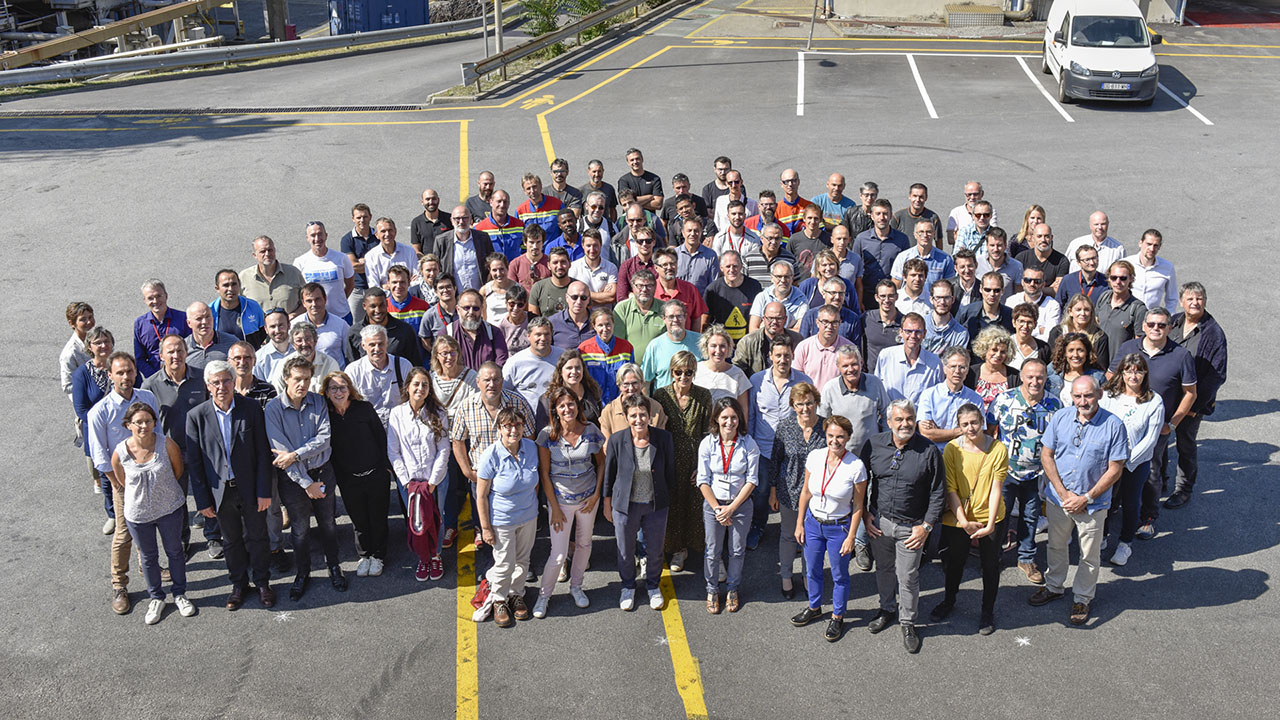Saint Jean De
- The Covid 19 pandemic has had a dramatic impact on the lives of all of our community members. The ways in which we learn, worship, and socialize have changed significantly and St. Jean Baptiste High School - like all institutions - has had to adapt with imagination in order to ensure that our mission continues.
- Saint-Jean-de-Monts, French commune located on the Coast of Light in the department of Vendee and region of Pays de la Loire is one of the most popular resorts on the Atlantic coast. Split into two by a pine forest - the Forest Hills Country - the resort has ecological areas: the marsh and forest are the top two.
- Starting from St Jean Pied de Port extends your pilgrimage by a day. Many prefer to start in St Jean rather than in Roncesvalles, particularly if they plan on doing the Camino de Finistere after reaching Santiago, as it means they can say they've crossed the entire width of.
- Saint-Jean-de-Luz is a fishing port on the Basque coast and now a famous resort, known for its architecture, sandy bay, the quality of the light and the cuisine. The town is located south of Biarritz, on the right bank of the river Nivelle (French for Urdazuri) opposite to Ciboure.
Visit Saint-Jean-de-Cole
Saint-Jean-de-Cole is a medieval village in the north of the Dordogne near to Brantome. It dates back to the 11th century.
Explore Saint-Jean-de-Cole
Welcome to Chateau St. Jean, one of the most romantic and charming wineries. Come for a blissfully relaxing afternoon, or a gorgeous, unforgettable event.
St Jean de Cole has been officially classified as one of the most beautiful villages in France (les plus beaux villages de France). A charming village with ochre coloured houses, including many half-timbered houses, and lovely tiled roofs. Indeed the roofs once won the ‘finest roofs in France’ competition.
The village square, the Place de Saint Jean, is flanked on one side by the 12th century Chateau de la Marthonie. The castle has a XVth century part made up of towers and a donjon and is quite austere and added to this is a XVIIth century wing in a much softer style, built over a series of arches. One of its most famous residents was Mondot de la Marthonie who was a counselor to the Queen Mother of Francois I. He also built the nearby Chateau de Puyguilhem.
The chateau is open for visits in July and August and early September and you can explore the exterior, the monumental staircase and the ground floor rooms.
On another side of the square is the Romanesque Byzantine church of St Jean Baptist built in the XIIth century and with a quite unusual rounded shape. Have a look at the exterior where you can count 78 corbels which are the sculpted supports of the roof. These have been carved either to represent various types of vegetation, or, more interestingly figures which represent various different sins!
Next to the church and also in the main square is the halle with a large roof supported with wooden columns. All in all the square is very attractive. Sit and enjoy the view over a cup of coffee at the café!
The river Cole runs along one edge of the village and you can stop and admire it from the lovely little humpbacked bridge or the small river beach below. The bridge dates back to the 12th century. This stretch of river is very green and tranquil. Along the edge of the village are various pretty houses and you can take a walk along the other side of the river.
From the other side of the river you can get a glimpse of another of the notable buildings in Saint Jean de Cole - the 12th century Priory and cloister.
A good time to visit the village is during the weekend closest to the 8 May when they hold their annual flower fair. More than a hundred exhibitors display and sell their products and the mass of plants and flowers against the backdrop of this beautiful village is not to be missed.
There is a nice walk which passes through Saint Jean de Cole. The ancient railway line between Thiviers and Saint Pardoux la Riviere has been turned into a 17 kilometer 'Voie Verte' or 'green way'.
Where to visit nearby?
Worth seeing nearby are the stunning town of Brantome, the impressive Chateau de Puyguilhem and the caves and village of Villars.
Photos of Saint-Jean-de-Cole
Click any picture to start the gallery
Map of Saint-Jean-de-Cole and places to visit
Saint-Jean-de-Cole places to visit

Grotte de Villars
A natural cave of stalactites and stalagmites with some Prehistoric drawings too.
Grotte de Villars guideThiviers
Thiviers is the capital of foie gras and has a foie gras museum.
Thiviers guideVillars
Villars is home to a ruined abbey and the Grotte de Villars..
Villars guideChateau de Puyguilhem
The Chateau de Puyguilhem is similar in style to the Loire Valley castles.
Chateau de Puyguilhem guideLa Chapelle Faucher
La Chapelle Faucher is a quiet village with a pretty square.
La Chapelle Faucher guide
Saint Pardoux la Riviere
Saint Pardoux la Riviere is a pleasant village on the edge of the River Dronne.
Saint Pardoux la Riviere guideJesuit missionary, born at Condé-sur-Vire in Normandy, 25 March, 1593; died in Canada, near Georgian Bay, 16 March, 1649. His desire was to become a lay brother, but he finally entered the Society of Jesus as a scholastic, 8 November, 1617. According to Ragueneau it was 5 October. Though of unusual physical strength, his health gave way completely when he was twenty-eight, which interfered with his studies and permitted only what was strictly necessary, so that he never acquired any extensive theologicalknowledge. On 19 June, 1625, he arrived in Quebec, with the Recollect, Joseph de la Roche d' Aillon, and in spite of the threat which the Calvinist captain of the ship made to carry him back to France, he remained in the colony. He overcame the dislike of the colonists for Jesuits and secured a site for a residence on the St. Charles, the exact location of a former landing of Jacques Cartier. He immediately took up his abode in the Indian wigwams, and has left us an account of his five months' experience there in the dead of winter. In the spring he set out with the Indians on a journey to Lake Huron in a canoe, during the course of which his life was in constant danger. With him was Father de Noüe, and they established their first mission near Georgian Bay, at Ihonatiria, but after a short time his companion was recalled, and he was left alone.
Brébeuf met with no success. He was summoned to Quebec because of the danger of extinction to which the entire colony was then exposed, and arrived there after an absence of two years, 17 July, 1628. On 19 July, 1629, Champlain surrendered to the English, and the missionaries returned to France. Four years afterwards the colony was restored to France, and on 23 March, 1633, Brébeuf again set out for Canada. While in France he had pronounced his solemn vows as spiritual coadjutor. As soon as he arrived, viz., May, 1633, he attempted to return to Lake Huron. The Indians refused to take him, but during the following year he succeeded in reaching his old mission along with Father Daniel. It meant a journey of thirty days and constant danger of death. The next sixteen years of uninterrupted labours among these savages were a continual series of privations and sufferings which he used to say were only roses in comparison with what the end was to be. The details may be found in the 'Jesuit Relations'.
In 1640 he set out with Father Chaumonot to evangelize the Neutres, a tribe that lived north of Lake Erie, but after a winter of incredible hardship the missionaries returned unsuccessful. In 1642 he was sent down to Quebec, where he was given the care of the Indians in the Reservation at Sillery. About the time the war was at its height between the Hurons and the Iroquois, Jogues and Bressani had been captured in an effort to reach the Huron country, and Brébeuf was appointed to make a third attempt. He succeeded. With him on this journey were Chabanel and Garreau, both of whom were afterwards murdered. They reached St. Mary's on the Wye, which was the central station of the Huron Mission. By 1647 the Iroquois had made peace with the French, but kept up their war with the Hurons, and in 1648 fresh disasters befell the work of the missionaries — their establishments were burned and the missionaries slaughtered. On 16 March, 1649, the enemy attacked St. Louis and seized Brébeuf and Lallemant, who could have escaped but rejected the offer made to them and remained with their flock. The two priests were dragged to St. Ignace, which the Iroquois had already captured.
On entering the village, they were met with a shower of stones, cruelly beaten with clubs, and then tied to posts to be burned to death. Brébeuf is said to have kissed the stake to which he was bound. The fire was lighted under them, and their bodies slashed with knives. Brébeuf had scalding water poured on his head in mockery of baptism, a collar of red-hot tomahawk-heads placed around his neck, a red-hot iron thrust down his throat, and when he expired his heart was cut out and eaten. Through all the torture he never uttered a groan. The Iroquois withdrew when they had finished their work. The remains of the victims were gathered up subsequently, and the head of Brébeuf is still kept as a relic at the Hôtel-Dieu, Quebec.
His memory is cherished in Canada more than that of all the other early missionaries. Although their names appear with his in letters of gold on the grand staircase of the public buildings, there is a vacant niche on the façade, with his name under it, awaiting his statue. His heroic virtues, manifested in such a remarkable degree at every stage of his missionary career, his almost incomprehensible endurance of privations and suffering, and the conviction that the reason of his death was not his association with the Hurons, but hatred of Christianity, has set on foot a movement for his canonization as a saint and martyr. An ecclesiastical court sat in 1904 for an entire year to examine his life and virtues and the cause of his death, and the result of the inquiry was forwarded to Rome. [He was canonized in 1930. --Ed.]About this page
APA citation.Campbell, T.(1907).Jean de Brébeuf. In The Catholic Encyclopedia.New York: Robert Appleton Company.http://www.newadvent.org/cathen/02751b.htm
MLA citation.Campbell, Thomas.'Jean de Brébeuf.'The Catholic Encyclopedia.Vol. 2.New York: Robert Appleton Company,1907.<http://www.newadvent.org/cathen/02751b.htm>.
Transcription.This article was transcribed for New Advent by Joseph P. Thomas.

Ecclesiastical approbation.Nihil Obstat. 1907. Remy Lafort, S.T.D., Censor.Imprimatur. +John M. Farley, Archbishop of New York.
Contact information. The editor of New Advent is Kevin Knight. My email address is webmaster at newadvent.org. Regrettably, I can't reply to every letter, but I greatly appreciate your feedback — especially notifications about typographical errors and inappropriate ads.
Saint Jean De Maurienne
CONTACT US ADVERTISE WITH NEW ADVENT